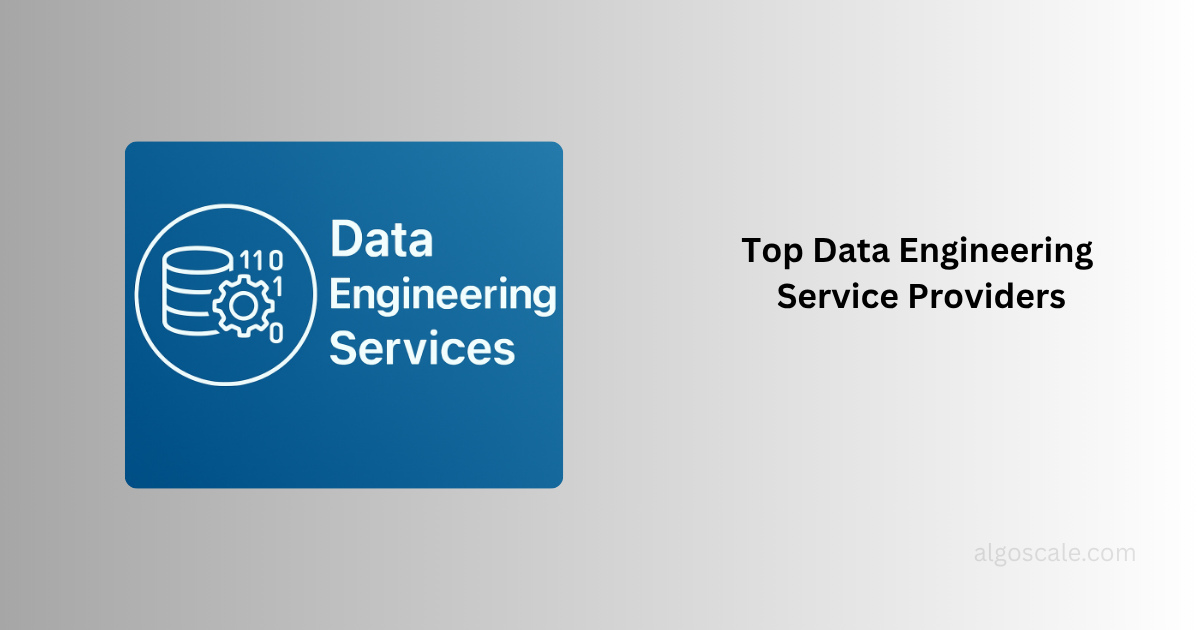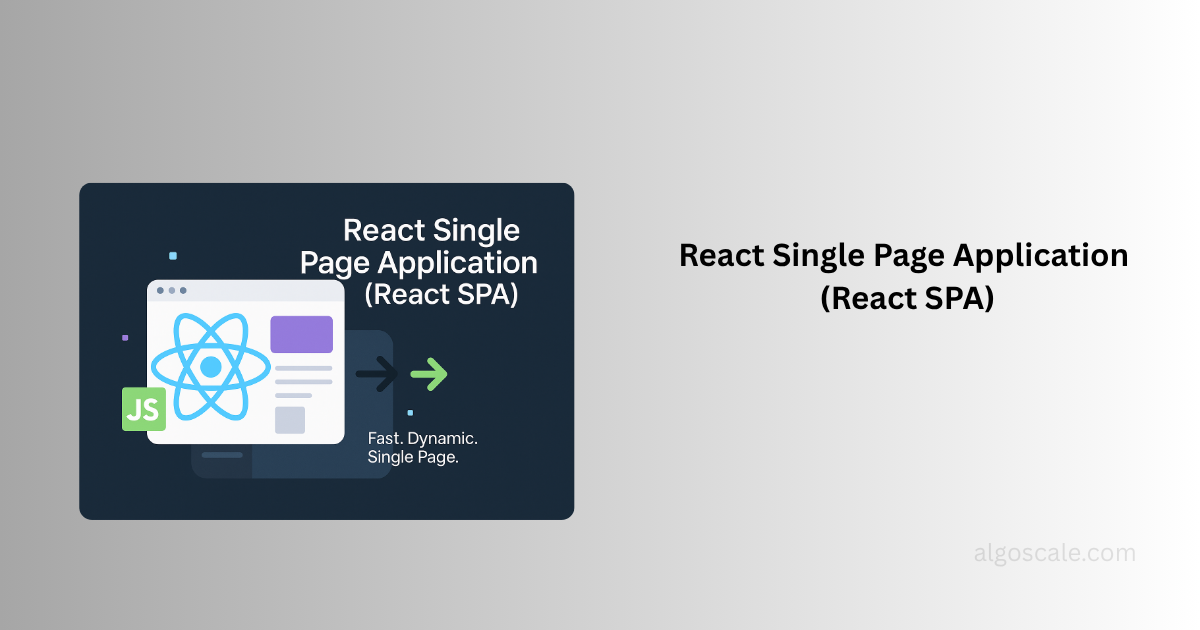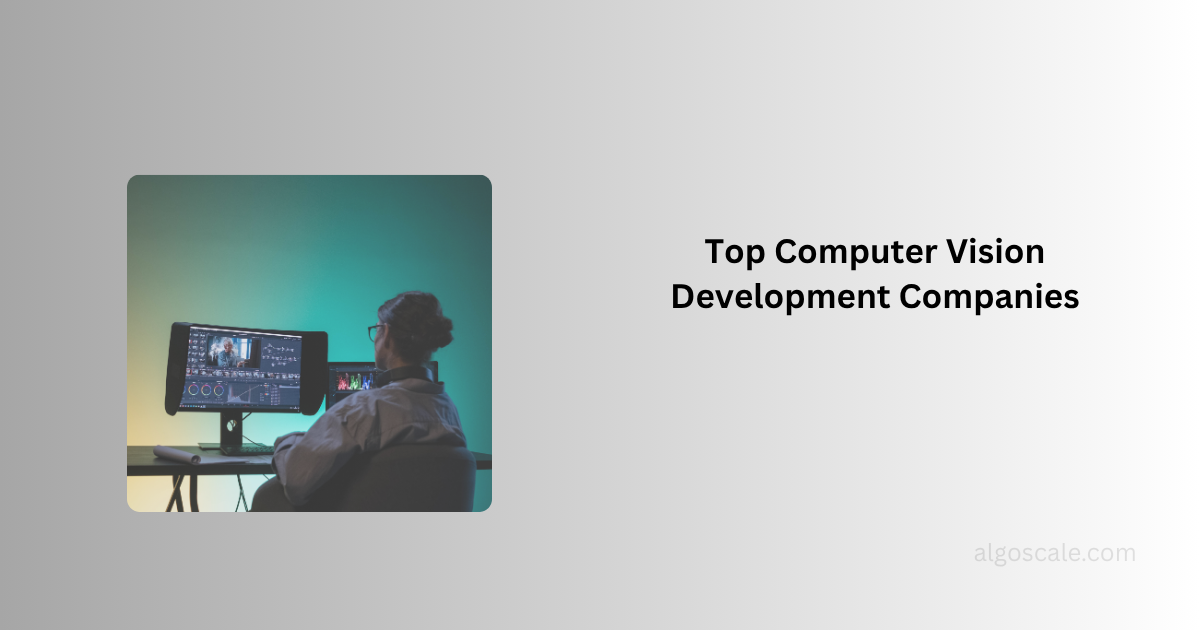Data analytics is retrieving, storing, managing, and analyzing raw data to gain meaningful insights. It encompasses several techniques that enable businesses to uncover trends, patterns, and correlations within their data, leading to informed decision-making.
Data analytics has become crucial for organizations because it allows leadership to devise evidence-based strategies, understand their customers to tailor marketing initiatives, and boost overall productivity. Reportedly, companies that leverage data analytics enjoy a unique competitive advantage because they can quickly respond to dynamic customer expectations.
One notable player in the field of data analytics is Microsoft Fabric. It is a cohesive platform designed to empower organizations in harnessing the power of data. By offering a range of tools and services, Microsoft Fabric is vital in authorizing organizations to transform their raw data into actionable intelligence, thus driving innovation and success.
Understanding Microsoft Fabric
Recently, Microsoft unveiled Microsoft Fabric which brings together all the data and analytics organizations need.
Essentially, Microsoft Fabric is an end-to-end analytics solution that provides data integration, data warehousing, engineering, data science, real-time analytics, and business intelligence, all under a single architecture.
The revolutionary solution combines several services such as Azure Data Factory, Data Activator, Azure Synapse Analytics, and PowerBI. Additionally, it comes with a SaaS data lake, known as OneLake, which becomes automatically accessible to every Fabric tenant. Incredible, isn’t it?
Let’s delve into some of the vital components of Microsoft Fabric and understand how they collaborate to empower organizations.
- OneLake: Data StorageAt the heart of Microsoft fabric lies OneLake, which is a robust data lake technology offering a unified storage solution. It eradicates the need for multiple data lakes across regions and facilitates efficient data management.
- Azure Data Factory and Dataflow: Data IntegrationAzure Data Factory offers efficient and scalable ETL, i.e. Extract, Transform, and Load capabilities. Dataflow, on the other hand, complements Data Factory by offering comprehensive data transformation functionalities.
- Synapse: Data Engineering and Warehousing
Azure Synapse is a powerful data engineering and warehousing solution that allows organizations to build scalable infrastructures. Synapse combined with OneLake enables data engineers to effectively manage and analyze big-scale data projects.Explore our full range of Data Lake Consulting Services to unlock the full potential of your data.
- Synapse: Data Science
Microsoft Fabric also streamlines data science workflows and expedites the process of insights generation, thanks to Synapse. The tool enables data scientists to leverage a wide range of functionalities such as model building, data wrangling, experiment tracking, and more.
- Synapse: Real-time Analytics
Synapse in Microsoft Fabric also enables real-time analytics. It allows organizations to analyze large volumes of streaming data and visualize the results using Power BI.
- Power BI: Business Intelligence
Power BI is a leading analytics tool that enables data analysts to connect to different data sources and conduct data modeling to derive meaningful business insights. Power BI is even more powerful within Microsoft Fabric as it leverages OneLake storage for optimal performance. Check out more about our Microsoft Power BI Consulting Services.
- Data Activator: Action Platform
This is a new tool that comes as part of Microsoft Fabric. It allows users to outline certain actions or triggers, thus enabling a seamless transition from insights to actions.
- Purview: Governance
Last but not least, Purview is a crucial part of Microsoft Fabric. It helps organizations administer, protect, and manage their data. It comprises several functionalities that offer complete control over data assets.By bringing together all data analytical technologies under a single architecture, Microsoft Fabric largely simplifies the complex landscape of data analytics. It abolishes the need for organizations to navigate multiple tools, technologies, and licensing requirements.Consequently, organizations can unlock the full potential of their data, spur innovation, and enjoy a distinctive competitive advantage in today’s data-driven world.
How to Get Started With Microsoft Fabric?
Getting started with Microsoft Fabric involves a series of steps. Once you set up the required infrastructure, you can use its data analytics capabilities.
Here are some of the most basic steps you must take to get started:
- Start by familiarizing yourself with Microsoft Fabric and how it can benefit your organization. You can go through the official documentation and tutorials available on Microsoft’s website.
- Next, assess your specific data requirements and objectives. This involves determining the type of data you have, the insights you need to retrieve, and your particular business challenges.
- Once done, it’s time to set up the infrastructure. Microsoft Fabric is built on Azure, its cloud computing platform. So, if you haven’t already, it’s time to sign up for an Azure account and create the necessary Azure resources like storage accounts and virtual networks.
- After your Azure infrastructure is ready, you need to provision a Microsoft Fabric instance. This process involves creating a new Fabric resource within the Azure portal and formatting settings such as desired capacity, storage options, and security protocols.
- Next, you must connect your data sources to Microsoft Fabric, allowing it to ingest and process the relevant data. Remember, Microsoft Fabric supports almost all kinds of data sources such as databases, data lakes, and external services.
- Prepare your data for analysis by implementing data cleansing, transformation, and enrichment tasks. You can use Azure Synapse functionalities here to streamline the process.
- Once your data is prepared, you can state performing data analytics using Microsoft Fabric’s vast range of tools and functionalities. You can also leverage its machine learning algorithms, predictive analytics, and statistical techniques to discover trends, patterns, or even any discrepancies.
You can use Microsoft’s extensive documentation and online resources to make the most of this platform’s capabilities. Also, you must regularly monitor your data analytics processes and iterate as needed.
Future Trends and Roadmap of Microsoft Fabric
After understanding the capabilities of Microsoft Fabric, it is safe to say that the platform has the potential to reshape the data analytics landscape. Offering a comprehensive solution, it has the power to simplify complexities and maximize productivity.
As a significant future trend, Microsoft Fabric will likely offer advanced AI and machine learning capabilities. As AI and machine learning continue to become more integral to data analytics, Microsoft Fabric may provide more pre-built models for common use cases, allowing users to extract valuable insights from their data with increased accuracy.
Additionally, Microsoft Fabric is likely to integrate with evolving technologies like IoT and edge computing to help organizations process and analyze data generated in real-time. This will enable predictive maintenance and more proactive decision-making.
Conclusion
Microsoft Fabric holds real potential to reshape the data analytics landscape. Combining several leading technologies under one umbrella transforms the way organizations approach data analytics and drives impactful results.
Algoscale is a leading data analytics company that can help you leverage Microsoft Fabric to optimize your data analytics processes. Our experts provide seamless integration and ensure that your business maximizes the value of its data.
Explore our data analytics consulting services to transform your data strategy. Get in touch today to learn more!











